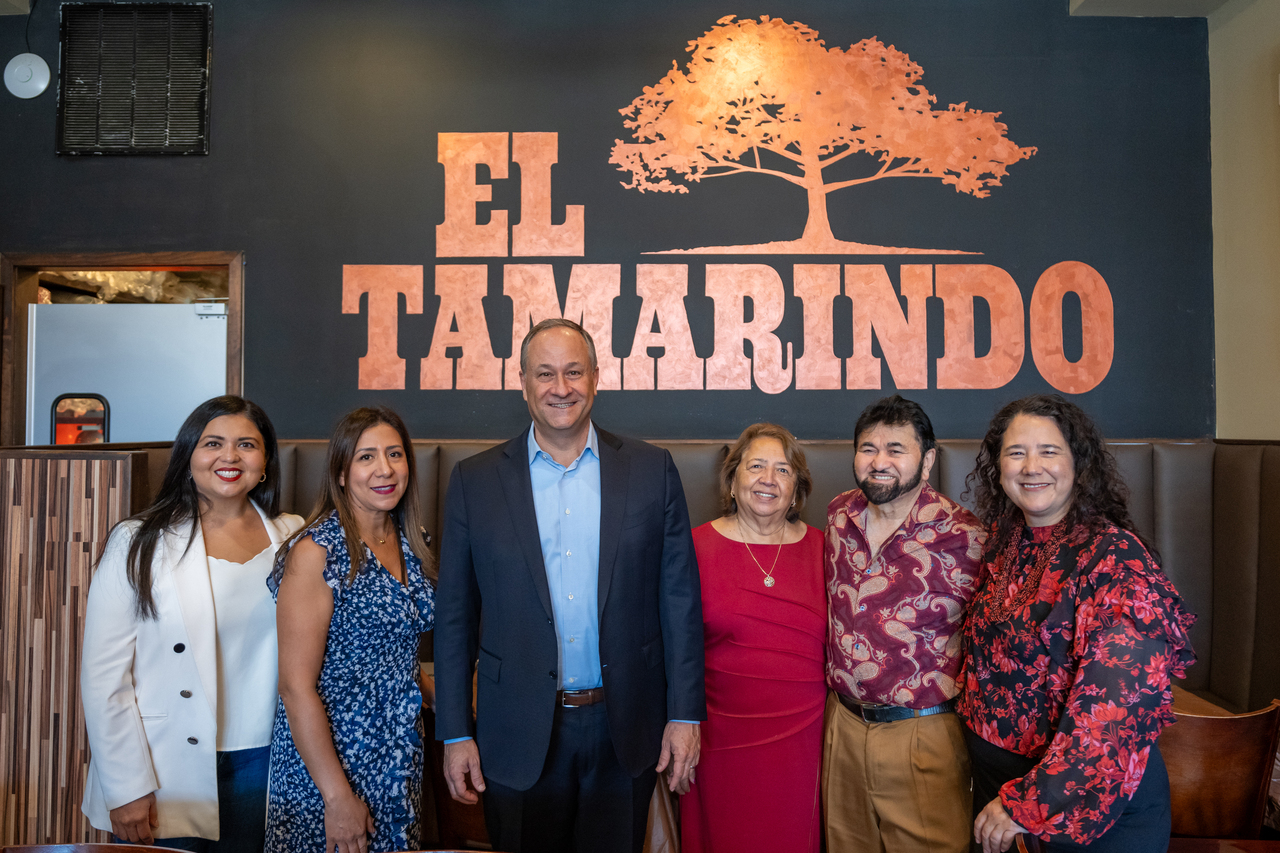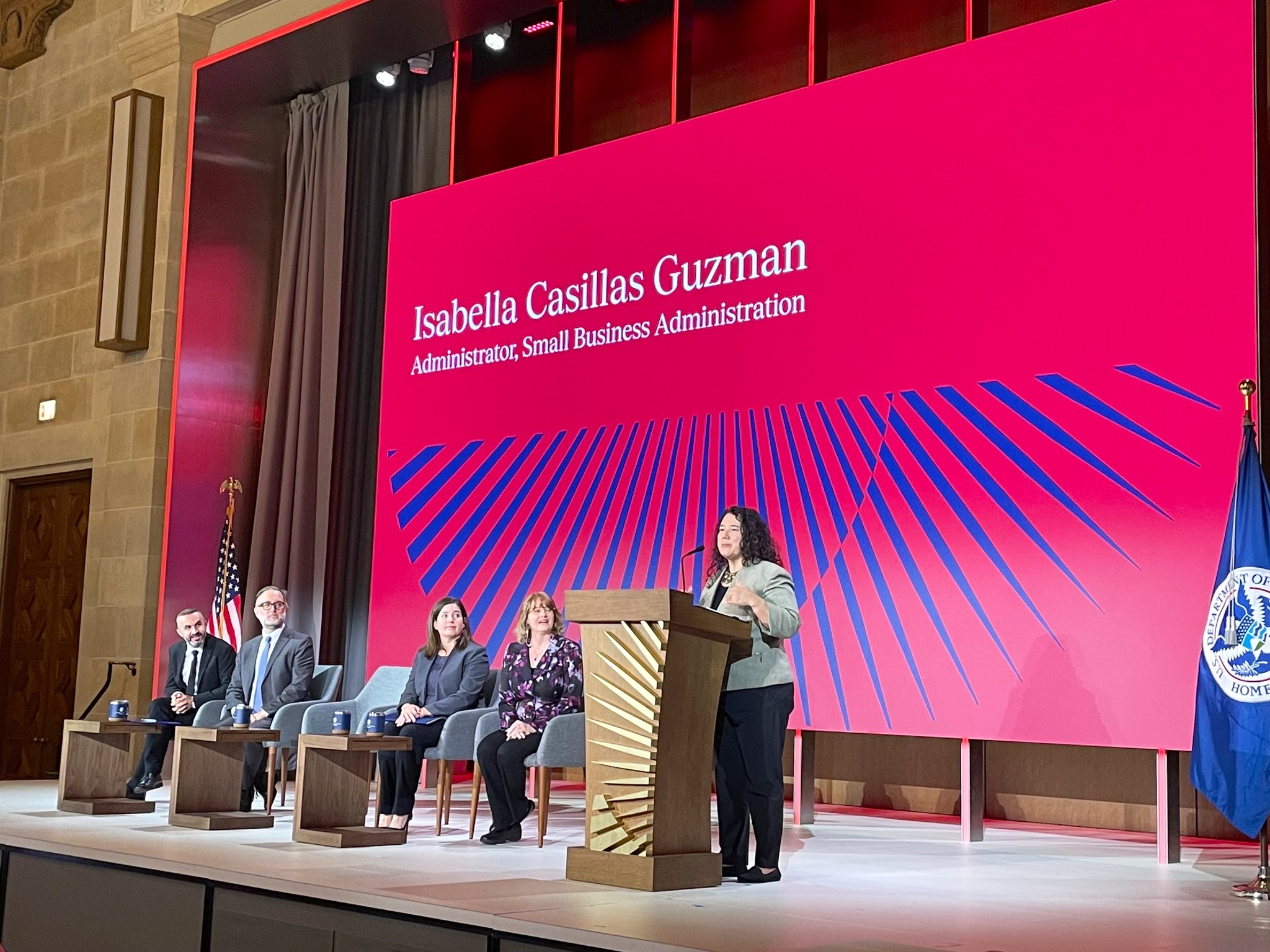
Cancer 'in check' in Philadelphia
Two out of every three Hispanic men and one out of every three Latinas will be diagnosed with cancer at some time in their life.
Your father, your sister, your best friend in college or your neighbor; we all can quickly name someone we know who has suffered from cancer. It is “the consequence of having trillions of cells that make typographic errors,” according to Spanish scientist and Director of New York Memorial Sloan Kettering Cancer Center, Joan Massagué. In 2015 alone, the American Cancer Association expects almost 600,000 Americans to die from this disease; that is to say, 1,620 people a day. The great pandemic of the 21st Century is no stranger to Latinos.
Two out of every three Hispanic men and one out of every three Latinas will be diagnosed with cancer at some point in their lives. Currently this illness is responsible for the death of 21 percent of Latino adults, in general, and also for the death of 15 percent of children. As of 2012, cancer became the deadliest killer for Latinos living in the U.S., replacing heart disease as the leading cause of death; a change that is expected to apply to the population as a whole in the coming years.
Though the illness can affect anyone, the risk tends to increase with age, given that the majority of tumors need years to develop. That is why the number of diagnoses increases in people over 50 years old. However, while merely 12 percent of the diagnoses among non-Latino whites are made before this age, the number soars to 26 percent when referring to Latinos. Since the U.S. Latino population is young — the average age is 27, 10 years younger than the national average — in the end this means a greater proportion of cancers being diagnosed at an early age.
Prostate, colon and lungs are the organs most affected by the new cases of cancer in Latino men. The presence of tumors in the breast and in the thyroid gland, a gland that plays a fundamental role in regulating the body’s metabolism, are the cancers most diagnosed in Latinas. The rates of incidence in the United States are greater than those observed in the native countries of those who are ill (when data is available) which provides a glimpse of the less positive effects of acculturation and assimilation. The rates at which the descendants of Latino immigrants are likely to develop cancer are closer to those of Non-Hispanic whites in the United States than to their peers in the native countries of their parents or grandparents. Adopting the American life-style, which can mean poorer nutrition and less physical activity than prior generations, produces a greater risk of developing cancer. According to a recently released study, the general death rate due to cancer was 22 percent higher among Latinos born in the United States than among those from another country.

Anyway, it is important to point out that the majority of current data — and the data presented here, up to this point — places Latinos in a single group. The variations defined by the particular genetics or the environmental differences of Hispanics coming from one country or another are disguised in this data with its weighted averages. A study about adult Latino residents in Florida, however, established that twice as many Cuban men, compared with Mexican men, died from cancer. That sort of data that is impossible to evaluate if Latinos are studied as a single group.
The cure for cancer in Philadelphia
We will in all probability not be here when a “cure for cancer” is announced. The fact is that the term refers to a set of over 200 illnesses of different origin, development and nature; a very complex ailment in which the cells of the body grow uncontrollably; medicine’s greatest challenge is to be able to attack those rogue cells without damaging the healthy ones. Though the appearance of a miraculous and general treatment for all types of cancer will be difficult to accomplish, great advances have been made in recent years. One of the most promising fields is that of customized therapies that are not limited to aggressive treatments with drugs, such as chemotherapy, or with radiation therapy, but that involve a combination of methods of "training" of the cells in our own immune systems. Such cells, which normally protect us from infections, are prepared to attack and eliminate tumor cells. Philadelphia, which hosts some of the most important hospitals and health centers in the country, is currently one of the cities carrying out research on this methodology.
Philadelphia was mentioned a lot at the end of 2012, thanks to the story of Emily Whitehead. The seven-year-old had a relapse of acute lymphoblastic leukemia (ALL). Though it is a very common cancer in children and is oftem cured with chemotherapy, that treatment didn't seem to help Emily. So her parents decided to try a new experimental therapy directed by Dr. Carl June of the University of Pennsylvania and the Philadelphia Children’s Hospital. The treatment uses technology to train immune cells (also known as white blood cells or T cells) through gene therapy, so they will attack the cancerous cells.
T cells are taken from the patient in a procedure similar to that of dialysis. They are then manipulated in the lab to be able to recognize the proteins present in the tumor cells. These cells are injected back into the body of the patient, where they multiply and are capable of providing long-term “memory” in the immune system, allowing them to respond and attack the cancer. Over 90 percent of cancer-resistant and recurring patients treated by the group of scientists headed June, achieved complete remission.The large majority of treated patients, who had previously received multiple cycles of radiation therapy and chemotherapy and in which cancer recurred, completed the new treatment without detectable cancer cell levels; they were declared cancer free. When Emily received this treatment, the cure had barely been tested on another pair of human beings. Two years later, the cancer has not recurred.
At least two Latinos are among those on June’s team: Felipe Bedoya and Selene Nuñez-Cruz. Both attended university in their native countries — Colombia and Mexico, respectively — but have spent most of their careers far from home. After graduating as a Chemical Engineer from Universidad delos Andes, Bedoya went on to study in the United States, first obtaining a master’s degree in biomedical science and then a doctorate in molecular medicine. He arrived in Philadelphia seeking “an institute with sufficient resources to practice science,” something that is not a minor issue in a field in which the machines and materials needed are quite costly. “Scientific experience in Colombia is very different; the resources are quite scarce. We work with what is available and one can advance very little in important clinical studies”, he stated.
“Thinking about our patients’ before and after is truly incredible”
Bedoya still gets goose bumps when he explains how gene therapy works: “Once injected into the patient, the trained cells take care of doing what they are supposed to do: destroy cancer. And they do!” “Thinking about our patients before and after is truly incredible," Bedoya says. For the scientist, to be able to participate in biomedical research at the University of Pennsylvania “has not only been a privilege, as a member of a minority group, but also one of the most rewarding experiences of my life."
It is a viewpoint shared by Nuñez-Cruz. Her arrival in the US — she was invited by the University of Pennsylvania to fill a postdoctoral fellowship after completing a doctorate at the Mediterranean University in Marseilles, France — was “an opportunity to advance my career."
“Our pre-clinical and clinical efforts have proven that we can keep cancer ‘in check,’” she says.
Another example is Cinthia Rosemblit. After obtaining her degree in biology and doctorate at the University of Buenos Aires, she has been conducting research at the University of Pennsylvania for the past five years. For her, working in the United States is different than working in Argentina: “There the lack of funding made us solve problems through ingenuity and by the precise planning of each experiment," she said. Here, with the availability of resources “it is more a matter of trial and error.”

At a lab headed by Brian Czerniecki, she produces customized vaccines against breast cancer. According to Rosemblit, “clinical trials with excellent results have been performed on patients for more than 15 years now." In this case as well, blood is extracted from each patient and the immune system cells are trained. In the large majority of cases, the tumors return to a very small size which allows them to be surgically removed. Rosemblit’s work involves carrying out “experiments to find new molecules that can serve as an objective to be attacked by the cells of the immune system," in addition to studying the mechanisms through which these cells act against tumors to put them to sleep or eliminate them.
At the University of Pennsylvania even the most traditional and extended therapies, such as radiation therapy which is used in approximately 60 percent of all patients, have room for innovation and development. Penn has one of the best proton therapy centers in the world. The use of protons “allows radiation to be delivered to the tumor and not to the healthy tissue, in this way reducing the side effects of traditional radiation therapy," says Gilmer Valdés, a Cuban doctor in medical physics from the University of California who is currently in Philadelphia completing his residency to become a radiation physicist. In his opinion, “an emphasis in individualized medicine exists” at the University of Pennsylvania and the customization of procedures is emphasized: “Treatments are created for each specific patient."
“In Cuba we have good academic training and a lot is achieved with few resources, but oncological radiation is a field of medicine that requires a lot of resources and the Roberts Proton Therapy Center is one of the most advanced in the world," he says.
Exceptional cases of success in an overwhelmingly majority-white university
The cases of Bedoya, Nuñez-Cruz, Rosemblit and Valdés could be considered exceptional in a university with a majority white population. During fall 2013, when the University of Pennsylvania published its most recent report on diversity, the educational institution only had 76 Latino representatives among its faculty, including those who are tenured as well as associate or assistant professors. Latinos barely represented 3.1 percent, compared to 77.3 percent who are white. African Americans represent 3.5 percent of the professors, in a city where, according to the 2012 census, 44.3 percent of residents are African American.
“I would like to see more Hispanics participate in such a wonderful and gratifying field as that of scientific research”, Bedoya says. For him, Latinos are called to — “in a future, that is closer than we think” —occupy an important place in these fields." They are already achieving this.










LEAVE A COMMENT:
Join the discussion! Leave a comment.